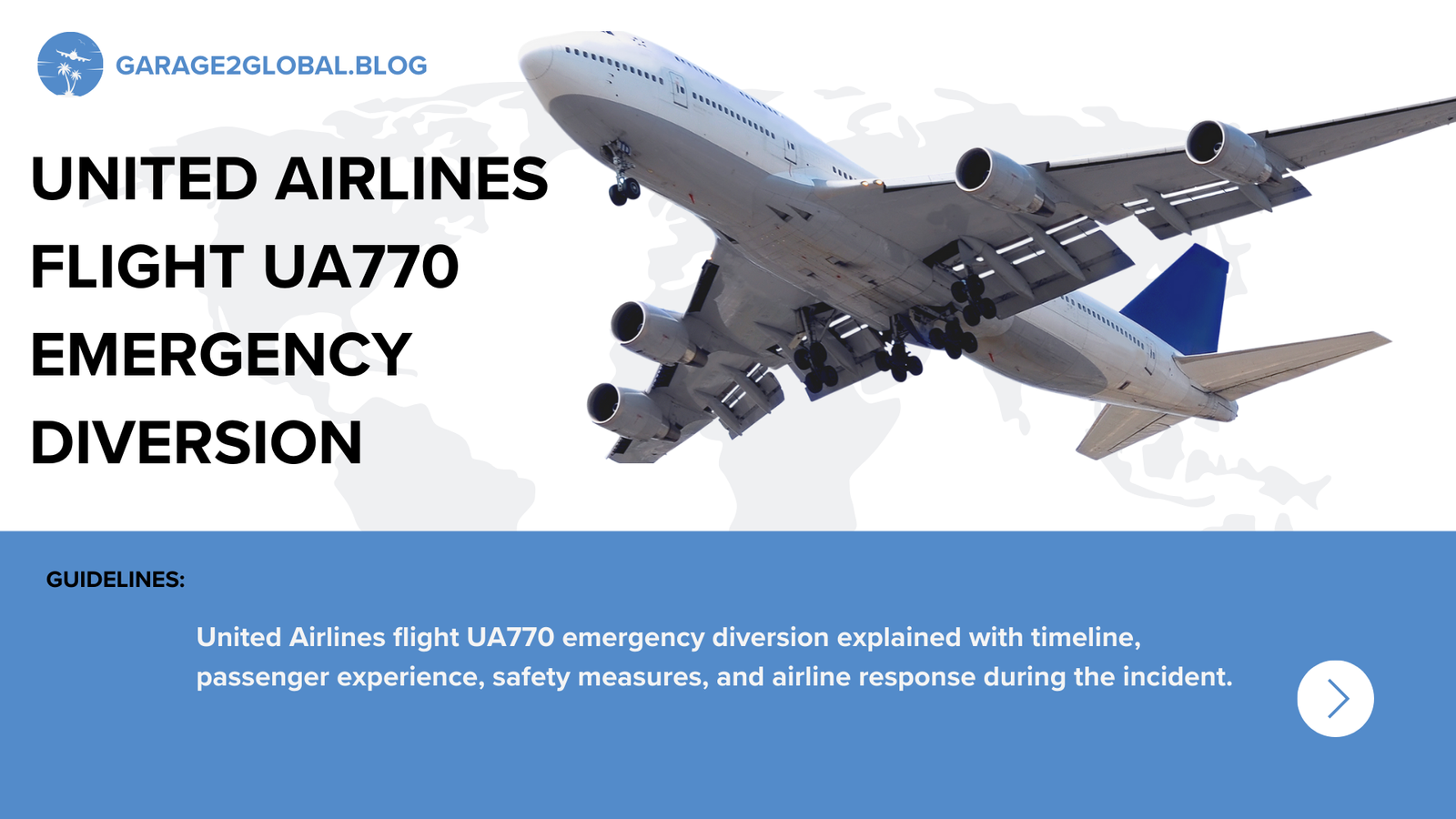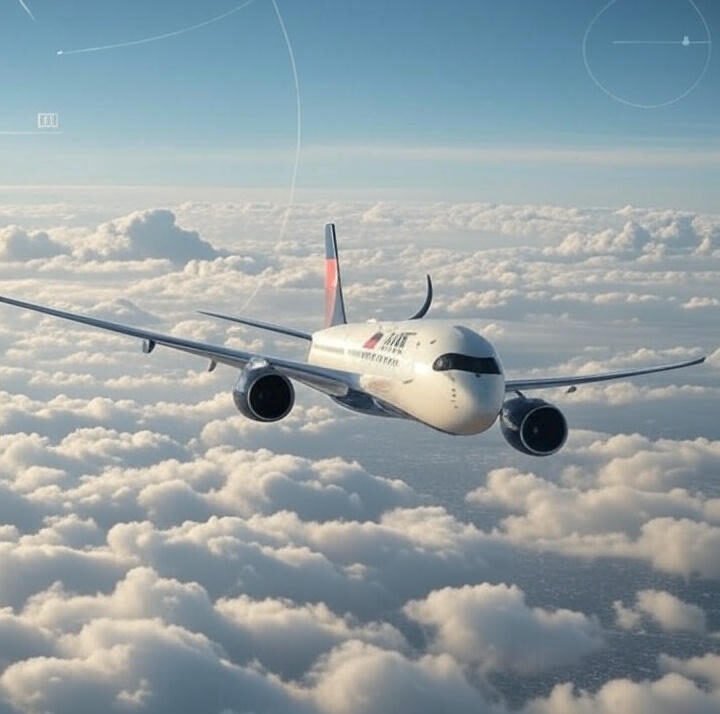Air travel has long been considered one of the safest ways to move across continents. Behind every smooth flight, however, lies a complex web of engineering systems, real-time monitoring, and emergency protocols designed to protect passengers when something goes wrong. On May 28, 2025, one such system failure turned into a headline-grabbing story: Delta Flight DL275 diverted LAX while en route from Detroit to Tokyo Haneda.
This unexpected diversion not only disrupted the travel plans of hundreds of passengers but also revealed how the aviation industry responds under pressure. From technical details and passenger experiences to financial implications and industry lessons, here’s a full breakdown of what really happened when Delta Flight DL275 was diverted to Los Angeles International Airport.
The Original Plan: Detroit to Tokyo Haneda
Delta Flight DL275 was a regularly scheduled long-haul flight operated by an Airbus A350-900, one of the most advanced aircraft in Delta’s fleet. The flight departed from Detroit Metropolitan Wayne County Airport (DTW) and was expected to land in Tokyo Haneda Airport (HND) after nearly 13 hours in the air.
With hundreds of passengers on board, the A350 carried enough fuel for the transpacific crossing and was powered by Rolls-Royce Trent XWB engines, renowned for their efficiency and reliability. However, no matter how modern the aircraft, aviation always requires preparation for the unexpected.
Why Delta Flight DL275 Diverted LAX
Around seven hours into the flight, while crossing the northern Pacific region, the crew received warnings from the aircraft’s monitoring systems. The issue was traced to the engine’s anti-ice system.
What Is the Anti-Ice System?
Aircraft rely on the anti-ice system to keep engines and essential surfaces clear by preventing the buildup of ice during flight. In sub-zero temperatures, especially over regions like the Bering Sea, ice buildup can reduce engine efficiency or even cause engine failure.
When the Trent XWB anti-ice system malfunctioned, the crew had to make a quick but critical decision:
- Continue to Tokyo Haneda? Risky, as the aircraft would still face hours of flying over icy waters without backup landing options.
- Divert to Anchorage or Seattle? Closer options, but lacking the specialized facilities for Airbus A350 maintenance and Rolls-Royce engine repair.
- Divert to Los Angeles (LAX)? Farther south, but a Delta hub with advanced maintenance capabilities, engineering support, and strong passenger service infrastructure.
After consulting with Delta’s operations center, the decision was made: Delta Flight DL275 diverted LAX to guarantee the safest outcome.
The Diversion and Safe Landing
The aircraft altered course and began descending toward Los Angeles International Airport. Passengers reported that the crew maintained a calm and professional tone, assuring travelers that the diversion was precautionary rather than an emergency.
At about 1:08 in the morning, the Airbus A350 completed a smooth and secure landing at LAX. There were no reported injuries, no panic inside the cabin, and the entire process was carried out with the professionalism expected of a world-class airline.
For the passengers, however, the night was far from over. Instead of landing in Tokyo, they found themselves stranded in Los Angeles, awaiting updates, rebookings, and accommodations.
Passenger Safety and Care After Landing
Delta Airlines immediately activated its passenger assistance protocols. This included:
- Hotel accommodations for stranded passengers.
- Meals and transportation support for those awaiting rebooking.
- Rebooked flights to Tokyo or alternate destinations as quickly as possible.
- Customer service compensation ensured that travelers were not left unsupported.
While many passengers expressed frustration over the disruption, most also acknowledged that Delta handled the situation professionally and prioritized safety over schedule.
The Financial Impact of DL275’s Diversion
Airline diversions often come with heavy expenses, and the case of Delta Flight DL275 diverted to LAX was no different. According to aviation industry estimates:
- Direct costs (fuel burn, landing fees, passenger care, and maintenance) were approximately $2.3 million.
- Indirect costs (scheduling disruptions, crew expenses, and reputational impact) may have pushed the total closer to $5.9 million.
Despite the financial burden, Delta’s choice to divert was clear: safety comes first, and protecting passengers always outweighs operational costs.
Lessons for the Aviation Industry
The DL275 incident illustrates the importance of proactive risk management in aviation. Airlines have increasingly turned to predictive maintenance systems powered by AI and big data analytics.
Predictive Maintenance in Action
Predictive systems use sensors and data analysis to detect potential failures before they happen. If the anti-ice system’s weakness had been flagged prior to departure, the issue might have been addressed on the ground in Detroit, avoiding the mid-air diversion altogether.
This is why airlines are investing heavily in predictive technologies:
- Fewer disruptions for passengers.
- Lower costs by preventing last-minute diversions.
- Higher safety margins by fixing issues early.
For Delta, DL275 serves as both a warning and a case study, reinforcing the need for ongoing investment in smart monitoring systems.
Passenger Reactions: Firsthand Accounts
Social media and aviation forums quickly filled with stories from passengers on DL275. Some expressed disappointment about the ruined travel schedule, but many praised the crew’s communication and Delta’s response.
On Reddit, one user shared:
“I was on this flight, there was an issue with the engine de-icing. Was not a fun night, but the crew was calm and professional.”
Another added:
“It was scary at first when we heard about the issue, but everything was handled smoothly. I’d rather land in LAX safely than risk flying over the Pacific with a bad system.”
These firsthand perspectives highlight how passenger trust in airline professionalism makes all the difference in moments of uncertainty.
Why Los Angeles Was the Right Choice
Some travelers wondered why the flight bypassed closer airports like Anchorage or Seattle. The decision was strategic:
- LAX is a Delta hub with multiple daily flights to Tokyo and other destinations, making passenger rebooking easier.
- Advanced Airbus A350 maintenance facilities were available at LAX, unlike Anchorage.
- On-site Rolls-Royce engine experts could address the Trent XWB issue more effectively.
- Passenger care infrastructure at LAX far exceeds smaller airports, ensuring smoother accommodations.
In short, Delta Flight DL275 diverted LAX because it was the most practical and safest option—not just for the aircraft but also for the passengers.
Conclusion
The diversion of Delta Flight DL275 to LAX may have been disruptive, costly, and stressful for passengers, but it also showcased the strengths of modern aviation. The crew acted decisively, Delta prioritized safety over profit, and passengers ultimately reached their destinations without harm.
In the grand picture, the DL275 diversion will be remembered not as a disaster but as a successful demonstration of aviation safety protocols. It’s a reminder that even when high-tech systems fail, skilled crews and sound decision-making keep the skies safe.
FAQs
Why did Delta Flight DL275 divert to LAX instead of Tokyo?
Because the anti-ice system failed, continuing over icy regions of the Pacific would have been unsafe.
Why LAX and not Anchorage or Seattle?
LAX had the required A350 maintenance facilities, Rolls-Royce experts, and Delta hub services for both passengers and the aircraft.
Was anyone injured during the diversion?
No. The flight landed safely, and all passengers were unharmed.
How much did the diversion cost Delta Airlines?
Direct costs were around $2.3 million, while broader impacts may have reached $5.9 million.
What did the aviation industry learn from DL275?
The incident reinforced the importance of predictive maintenance, quick decision-making, and robust hub infrastructure for handling mid-air technical issues.




